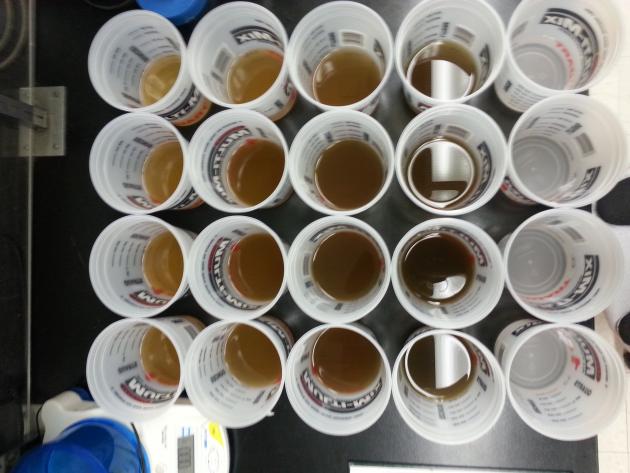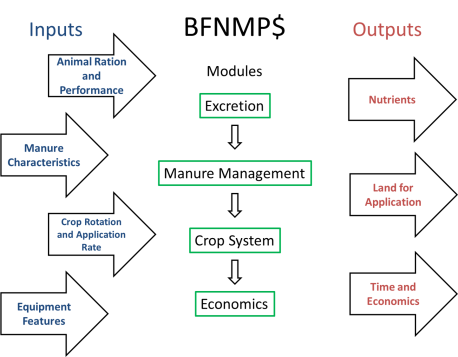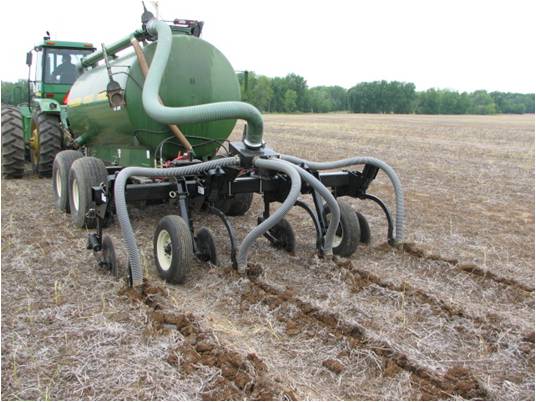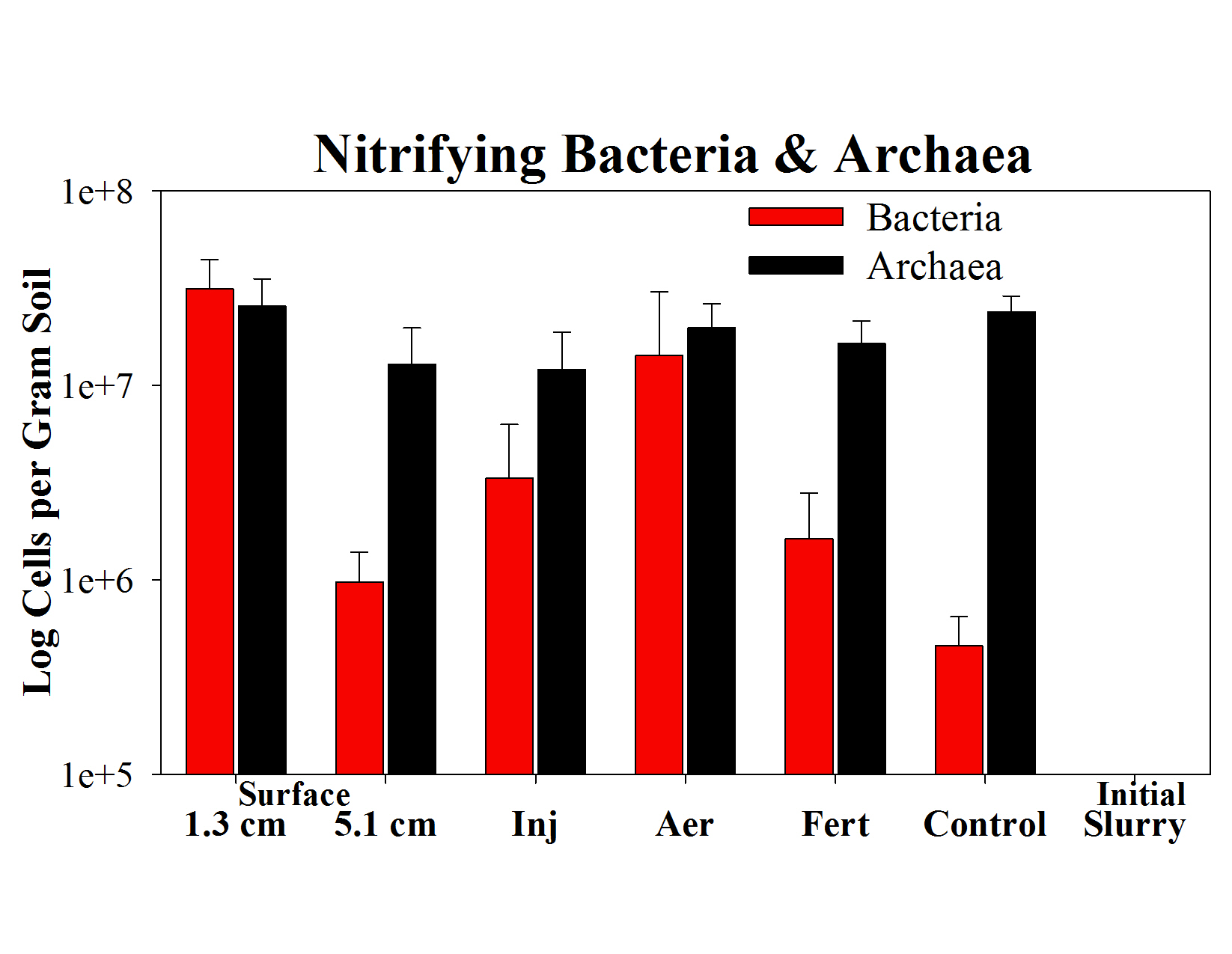Purpose
Agricultural operations can pose a threat to the quality of nearby water sources, particularly from nitrogen and phosphorus losses following land application of manure. Biochar application to soils has the potential to ameliorate degraded soils and reduce nutrient leaching to groundwater. The effects of amending sand soil columns with hybrid poplar biochar made by a slow pyrolysis process at 450°C at varying rates (0, 1, 2 and 5% by weight) with repeated dairy manure applications over a 56-week period was examined to evaluate the impact to leachate water quality.
What did we do?
Four biochar treatments and a control were mixed and packed into soil columns by weight to a depth of 20 cm. Leachate from columns were measured in quadruplicate to assess differences in water quality over a 56-week study duration. Each treatment column received an initial manure application followed by additional applications at 14 week intervals, totaling four manure applications. All columns received a 300 mL DI water application once every two weeks.
The total volume of leachate, leachate pH and BOD5 and concentrations of nitrite (NO2-N), nitrite+nitrate (NO2-N+NO3-N), total nitrogen (TN), and total phosphorus (TP) were measured for each column after each leaching event. After the first 14 week cycle (starting with the second manure application), leachate samples were also analyzed for ammonia+ammonium (NH3-N+NH4-N). After each application, manure samples were analyzed for these same parameters. At the end of the study, retention of the same nutrients was determined for mass balance analysis.

What have we learned?
Increasing levels of biochar amendment to sandy soil with repeated dairy manure application decreased leachate pH throughout the study and decreased peak levels of BOD5 after manure application. Increased levels of biochar also decreased cumulative TN, NH3-N+NH4-N and NO3-N in leachate, but slightly increased TP leaching. Nutrient retention in the columns at the end of the study indicated that N reduction in leachate was not due to increased retention in the columns. These results indicate that biochar could be a viable option to reduce N leaching from agricultural fields or treatment systems. However, more research is needed on the effect of biochar on gaseous N emissions and other biochar/soil interactions before amending soil with biochar can be recommended as a nutrient management strategy.
Future Plans
Future work should focus on uncovering the mechanisms for N cycle changes in soils with biochar amendment, such as tracking N-labelled fertilizers in column leaching and emissions. Due to its high cost, biochar may be a more feasible option for treatment systems, such as filter strips or tile drains, which should be explored as a means to reduce nutrient leaching from agricultural fields in an economical manner. Field trials should also be conducted to determine appropriate biochar amendment methods, effects on plant growth and any differences in leaching and emissions under field conditions.
Authors
Alysa Bradley, PhD Student, Biological Systems Engineering Department, University of Wisconsin-Madison alysa.bradley@wisc.edu
Rebecca Larson and Troy Runge, Assistant Professors, Biological Systems Engineering Department, University of Wisconsin-Madison
Additional information
Alysa Bradley, Biological Systems Engineering Department, University of Wisconsin-Madison, 460 Henry Mall, Madison, WI 53706, alysa.bradley@wisc.edu
Acknowledgements
This material is based upon work supported by the National Institute of Food and Agriculture, United States Department of Agriculture, under ID number WIS01760.
The authors are solely responsible for the content of these proceedings. The technical information does not necessarily reflect the official position of the sponsoring agencies or institutions represented by planning committee members, and inclusion and distribution herein does not constitute an endorsement of views expressed by the same. Printed materials included herein are not refereed publications. Citations should appear as follows. EXAMPLE: Authors. 2015. Title of presentation. Waste to Worth: Spreading Science and Solutions. Seattle, WA. March 31-April 3, 2015. URL of this page. Accessed on: today’s date.








